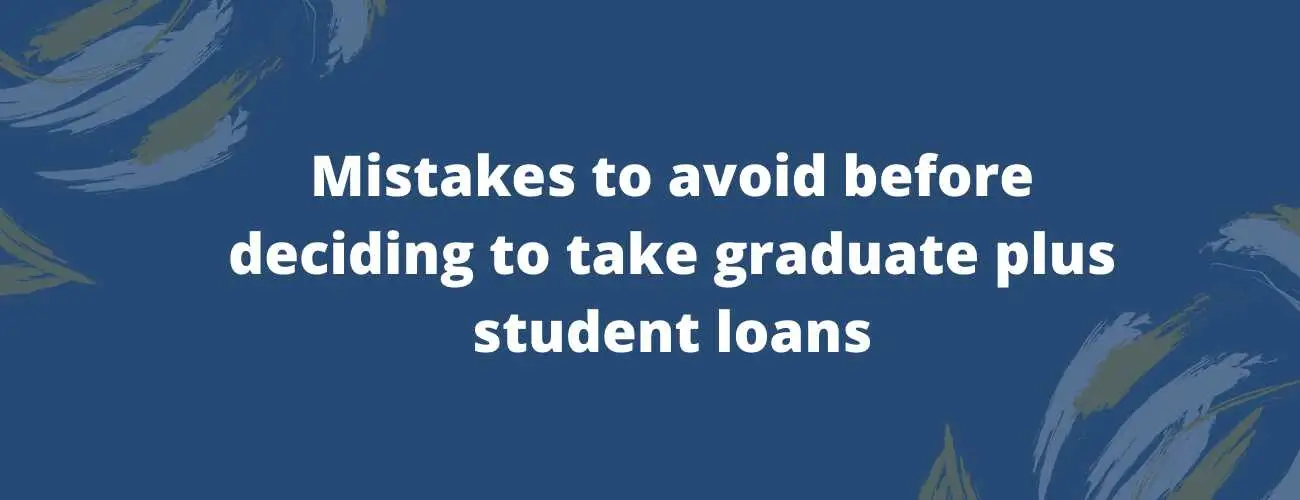Direct Subsidized Loan
All you need to know about Direct Subsidized Stafford Loans, from eligibility, limits of borrowing, interest rates, fees and so on to its overall advantages and disadvantages.
Updated by Taskeen Fatema on 28th July 2020
A growing number of students are opting for federal student loans in order to fulfill their dreams of having an education at par with the demands of the competitive market. To facilitate this, and bridge the gap between the growing cost of college tuition and the dreams of many, Best federal student loans come with the option of being directly subsidized or unsubsidized. Students should be more concerned about graduating with a good grade rather than constantly worrying about the aftermath of borrowing a loan and its repayment.
Direct Subsidized Stafford loans and direct unsubsidized Stafford loans are both available through the federal government for student borrowers in order to fund their college education.
However, there are some significant differences between the types of direct federal loans.
Table of Contents
- What is a Direct Subsidized Student loan
- Eligibility criteria for Direct Subsidized Student loan
- How to apply
- Benefits
- Limits of the borrower
- Interest Rates, Fees and Repayment
- Time limit to receive Loans
- Advantages
- Disadvantages
- Conclusion
What is a Direct Subsidized Student loan?
Direct Subsidized Federal Student loans are federal student loans available to undergrads by the federal government, that do not accrue interest while the student is in school or when loans are deferred after graduation. The government pays the interest on the subsidized loan while you’re enrolled in school at least half-time. If you’ve already graduated and put your loans into deferment or forbearance, the U.S. Department of education will also cover the interest on your subsidized loans, and also for the first six months after you leave school. (referred to as grace period)
For example, if a student takes a $ 15,000 Direct Subsidized Student loan as a freshman, four years later, the loan balance will not grow and will still be $15,000 because the government pays your interest costs.
The government sets the interest rate on Direct Subsidized Student loans where there is no required minimum score to qualify, and the rates are fixed.
However, the amount students can borrow is limited. Students must complete the Free Application for Student Aid (FAFSA) to become eligible for Direct Subsidized Student loans, and eligibility is based on demonstrated financial need.
Direct Subsidized Student loans are most beneficial for -
Direct Subsidized Student loans are specifically designed for lower-income, undergraduate borrowers.
According to the Department of Education, your respective school makes the decision and determines the amount of Direct Subsidized Student loans you’re eligible for and makes sure that the amount borrowed via a subsidized loan does not exceed your financial need.
Now that we know what Direct Subsidized Student loans are and have a brief overview of the same, let's consider each important aspect individually.
Am I eligible for a Direct Subsidized Student loan?
To receive either type of loan whether subsidized or unsubsidized:
-
The borrower must be a U.S. citizen, national, or eligible non-citizen and an undergraduate student
-
Must be enrolled at least half-time at a school that participates in the Direct Loan Program (Generally, you must also be enrolled in a program that leads to a degree or certificate awarded by the school)
-
Must not be in default on any existing federal student loans and should meet general eligibility requirements for federal student aid
Direct Subsidized Student loans, as we are aware by now, are available only to undergraduate students who have demonstrated financial need. You are not required to show financial need to receive a Direct Unsubsidized Loan whereas here, you must show the need.
(Prior to July 1, 2012, graduate-level students were eligible for up to $8,500 a year in Direct Subsidized Student loans.)
However, when applying for a direct subsidized Stafford loan, there is no requirement of a credit check and consequently no need for a cosigner. There is also no need for separate loan application.
How do I apply for a loan?
To apply for a Direct Loan, you must first complete and submit the Free Application for Federal Student Aid (FAFSA®) form. Your school will use the information from your FAFSA form to determine how much student aid you are eligible to receive. Direct Loans are generally included as part of your financial aid package.
Benefits of Direct Subsidized Loan
Benefits of direct subsidized loans are as follows :
-
Due to the pandemic, the federal loans fixed rates have to reduced to 2.75% for the 20-21 academic year.
-
Multiple repayment options are available.
-
Eligibility is considered by your financial need as per FAFSA.
-
No payments to be while enrolled at school.
-
While studying, deferment, and grace periods, the government covers your interest rates.
How much can I borrow?
The type of loan (if any), and actual loan amount that the student is eligible to receive each academic year is determined by the school. However, there are limits on the amount in subsidized as well as unsubsidized loans (annual loan limits) and the total amounts that you may borrow for undergraduate and graduate study (aggregate loan limits). The actual loan amount you are eligible to receive each academic year may be less than the annual loan limit.
These limits vary depending on factors such as the current year of the student in school, and whether he/she is a dependent or independent student.
In short, Direct Subsidized Student loans have slightly better terms to help out students with financial need.
According to studentaid.ed.gov, the following chart shows the annual and aggregate limits for subsidized and unsubsidized loans:
| Year | Dependant students* | Independant Students** |
| First-Year Undergraduate Annual Loan Limit |
$5,500—No more than $3,500 of this amount may be in subsidized loans |
$9,500—No more than $3,500 of this amount may be in subsidized loans. |
| Second-Year Undergraduate Annual Loan Limit |
$6,500—No more than $4,500 of this amount may be in subsidized loans. |
$10,500—No more than $4,500 of this amount may be in subsidized loans. |
| Third-Year and Beyond Undergraduate Annual Loan Limit |
$7,500—No more than $5,500 of this amount may be in subsidized loans. |
$12,500—No more than $5,500 of this amount may be in subsidized loans. |
| Graduate or Professional Students Annual Loan Limit |
Not Applicable (all graduate and professional students are considered independent) |
$20,500 (unsubsidized only) |
| Subsidized and Unsubsidized Aggregate Loan Limit |
$31,000—No more than $23,000 of this amount may be in subsidized loans. |
$57,500 for undergraduates—No more than $23,000 of this amount may be in subsidized loans. $138,500 for graduate or professional students—No more than $65,500 of this amount may be in subsidized loans. The graduate aggregate limit includes all federal loans received for undergraduate study. |
*Note: If you received a Direct Subsidized Student loan that was first disbursed between July 1, 2012, and July 1, 2014, you will be responsible for paying any interest that accrues during your grace period. If you choose not to pay the interest that accrues during your grace period, the interest will be added to your principal balance. (As per studentaid.ed.gov)
Interest Rate, Fees, and Repayment
Federal loans are known for having some of the lowest student loan interest rates, especially compared to certain private lenders that may charge borrowers a higher APR , sometimes in double-digits.
Interest rate: Both Direct Subsidized and Unsubsidized loans currently carry a 4.53% APR for undergraduate students (for the academic year 2019-2020). The APR increases to 6.08 % for graduate and professional students. And unlike some private student loans, those rates are fixed, meaning they don’t change over the life of the loan.
As mentioned before, it is the federal government that pays the interest owed on Direct Subsidized Student loans for the first six months after you leave school and during deferment periods. Whereas on the other hand, you are responsible for the interest if you defer an unsubsidized loan, or if you put either type of loan into forbearance.
Fees: The current fee on Direct Subsidized Student loans is 1.062% for loans borrowed through September 30, 2018. Fees are deducted from each loan disbursement. In order to increase the loan amount to be able to cover up the fees, up to the loan limit, you can ask the financial aid office at your college.
Repayment: When it comes to student loan repayment, there are several options. Unless you ask your lender for a different option, you’ll automatically be enrolled in the Standard Repayment Plan.
This plan sets your repayment term at up to 10 years, with payments divided equally each month. You can qualify for a longer repayment term if you consolidate the loans or have more than $30,000 in federal student loans.
There are also several other income-driven repayment plans for students who need some flexibility in terms of how much they can pay each month. Income-based repayment (IBR), for instance, sets your payments at 10% to 15% of your monthly discretionary income and allows you to stretch repayment out for about 20 or 25 years. The main advantage of income-driven plans is that they can lower your monthly payment but there’s an underlying obvious disadvantage here. The longer you stretch the repayment, the more you’re paying in the form of interest.
The eligible repayment plans are:
-
Standard Repayment
-
Extended Repayment
-
Graduated Repayment
-
Revised Pay-As-You-Earn (REPAYE) Repayment
-
Pay-As-You-Earn (PAYE) Repayment
-
Income-Based Repayment (IBR)
-
Income-Contingent Repayment (ICR)
-
Income-Sensitive Repayment (ISR)
If your plan permits for some of your loan balance to be forgiven, you may have to report that as taxable income.
The bright side is that the paid student loan interest is tax-deductible. Until last year i.e. 2018, you could deduct up to $2,500 in interest paid on a qualified student loan, and you didn’t have to itemize to get this deduction. Deductions reduce your taxable income for the year, which may lower your tax bill or add to the size of your refund. If you paid $600 or more in student loan interest for the year, you’ll receive a Form 1098-E from your loan servicer to use for tax filing.
Notes:
The aggregate loan limits include any Subsidized Federal Stafford Loans or Unsubsidized Federal Stafford Loans you may have previously received under the Federal Family Education Loan (FFEL) Program. As a result of legislation that took effect on July 1, 2010, no further loans are being made under the FFEL Program.
Effective for periods of enrolment beginning on or after July 1, 2012, graduate and professional students are no longer eligible to receive Direct Subsidized Student loans. The $65,500 subsidized aggregate loan limit for graduate or professional students includes subsidized loans that a graduate or professional student may have received for periods of enrolment that began before July 1, 2012, or for prior undergraduate study.
What is the time limit until when I can receive loans?
If you are a first-time borrower on or after the 1st of July, 2013, there is a limit on the maximum period of time (measured in academic years) that you can receive Direct Subsidized Student loans. This time limit does not apply to Direct Unsubsidized Loans or Direct PLUS Loans. If this limit applies to you, you may not receive Direct Subsidized Student loans for more than 150 percent of the published length of your program.
This is what is referred to as your “maximum eligibility period.” Your maximum eligibility period is generally calculated on the published length of your current program. (The published length of any program of study at your school can be found in the school catalog).
For example, if you are enrolled in a 3-year bachelor’s degree program, the maximum period for which you can receive Direct Subsidized Student loans is six years (150 percent of 3 years = 4.5 years). If you are enrolled in a two-year associate degree program, the maximum period for which you can receive Direct Subsidized Student loans is three years (150 percent of 2 years = 3 years).
Since your maximum eligibility period is based on the length of your current program of study, your maximum eligibility period can change if you change to a program that has a different length. Also, if you receive Direct Subsidized Student loans for one program and then change to another program, the Direct Subsidized Student loans you received for the earlier program will generally be counted toward your new maximum eligibility period.
Let's summarize all the information that we have gathered and learned concisely in the form of advantages and disadvantages.
Worried about your tuition? Read more on student loans
Advantages of Direct Subsidized Student loans
-
The government pays the interest on your loan as long as you remain enrolled at half-time status.
-
Interest is paid by the government on eligible loans during deferment and forbearance, as well as on certain repayment plans.
-
The interest is anyway less than those in other types of loan making it an easy and affordable borrowing option.
-
Eligibility for income-driven repayment plans in case of dire need, or running into financial trouble.
-
No payments are due until after the first six months of graduation.
-
In brief, the biggest advantage of a Direct Subsidized Student loan over a direct unsubsidized loan is that it does not get bigger over time.
Disadvantages of Direct Subsidized Student loan
-
You only qualify for subsidized federal student loans if you’re an undergraduate, and not a graduate or more.
-
Students who can’t demonstrate financial need (which can be the case happen if the parents earn more) cannot qualify for this type of financial aid.
-
Annual loan limits are lower for Direct Subsidized Student loans than for Direct Unsubsidized Loans which makes the borrowing amount very limited. The total aggregate loan amounts are wrapped up at $23,000 for subsidized loans.
Conclusion
The primary thing to keep in mind is that no matter how shiny it looks, and how much easier Direct Subsidized Student loans are, it is after all a debt, at the end of the day.
And while it’s certainly possible that the benefits of the education you receive will outweigh the costs, taking on debt is always a decision that should be made carefully after considering various aspects.
The decision to take on debt is a big one, and there’s no one single answer uniform for all. The right move for you will depend on the specifics of your situation, your financial background, your goals, and the options available to you.
Before taking on any debt, it is very necessary to evaluate what the potential benefits of going to a higher-cost school might be. If investing so much at the moment is fruitful for the future, if it will lead to a promising and enjoyable career and whether you will get back your investment in the form of increased income. If you decide that student loans are the right choice, subsidized student loans are a good option.
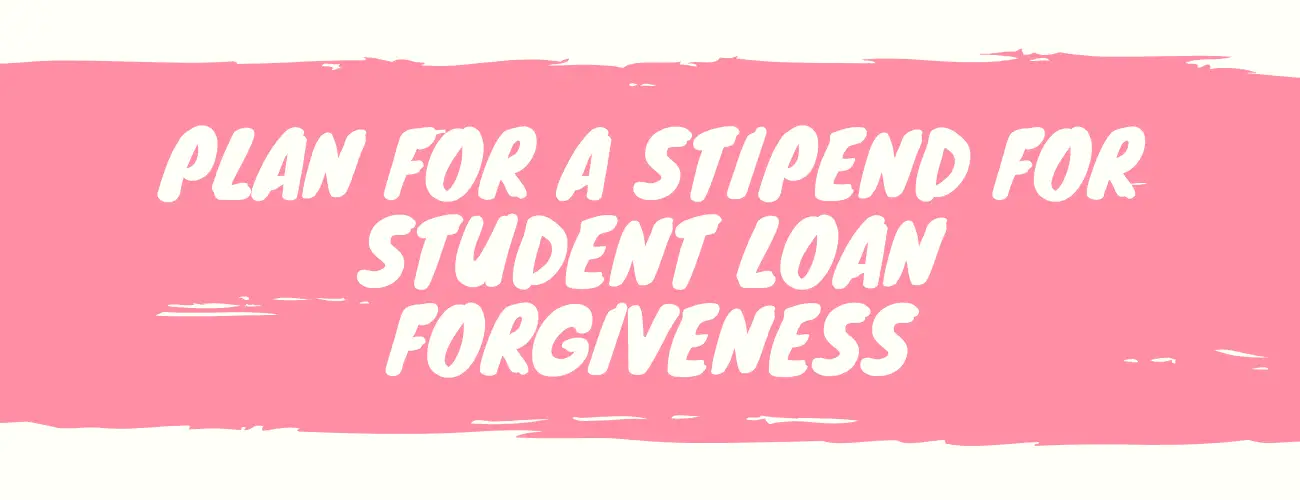
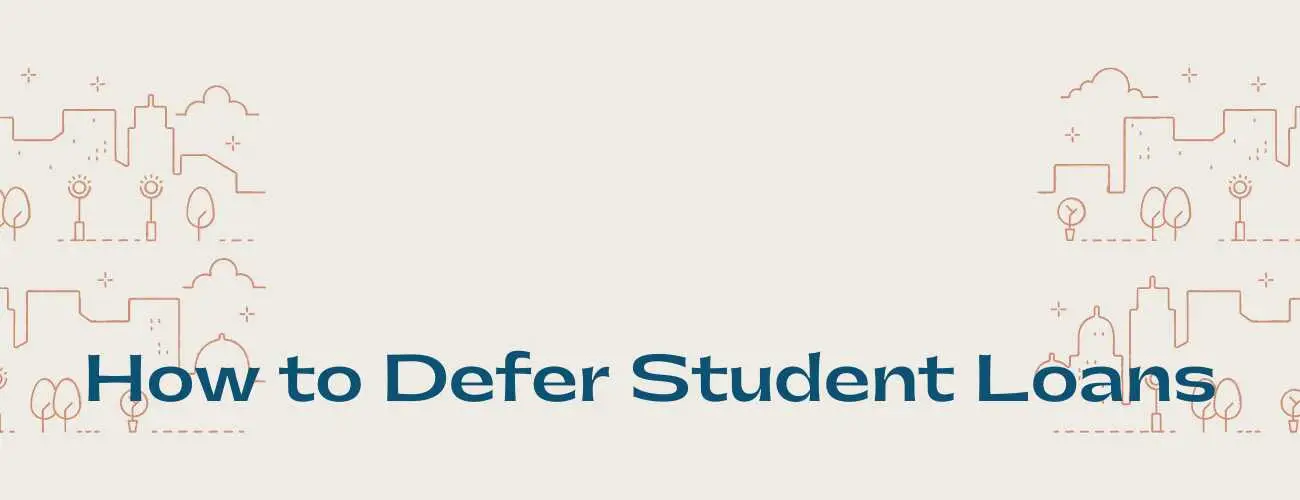
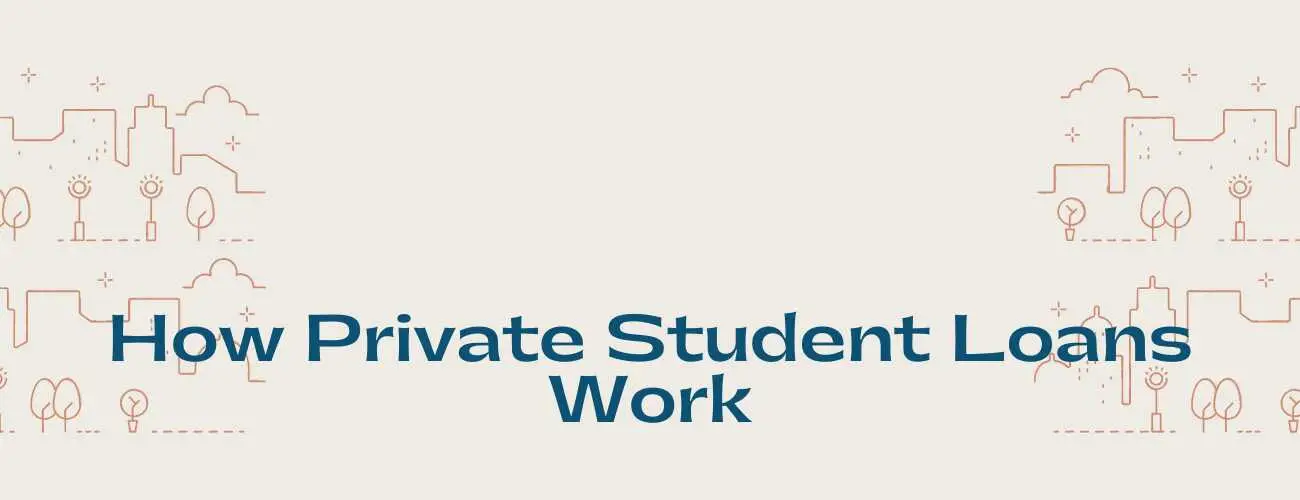
93.jpg)
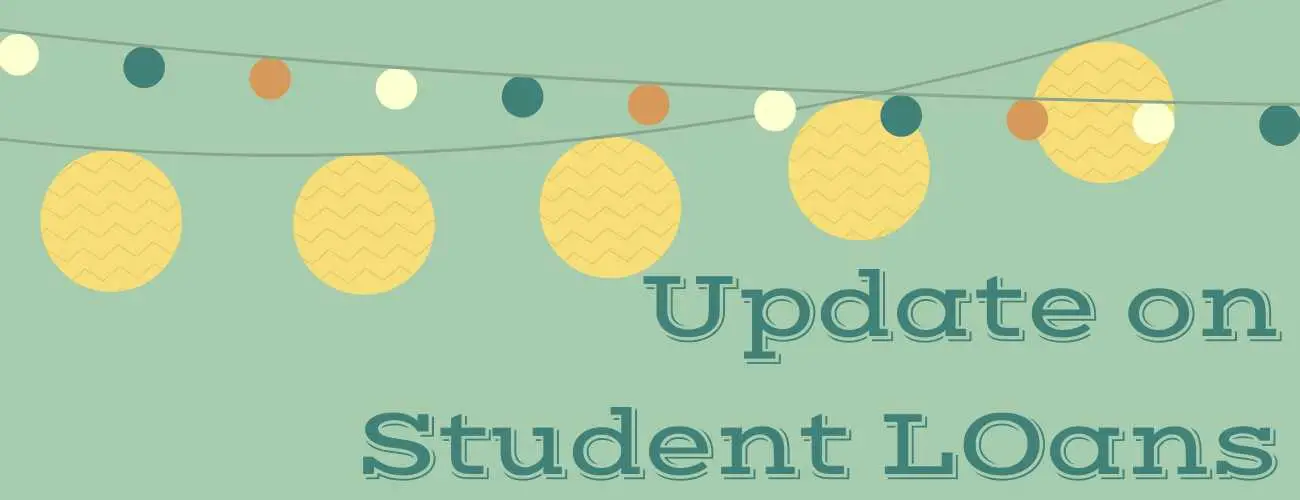
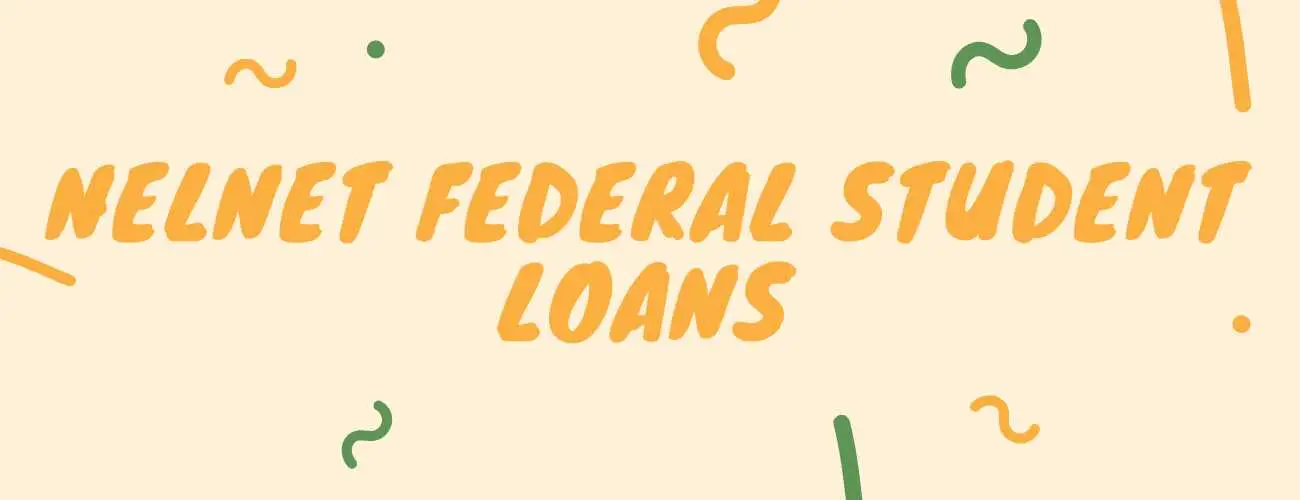
28.jpg)
